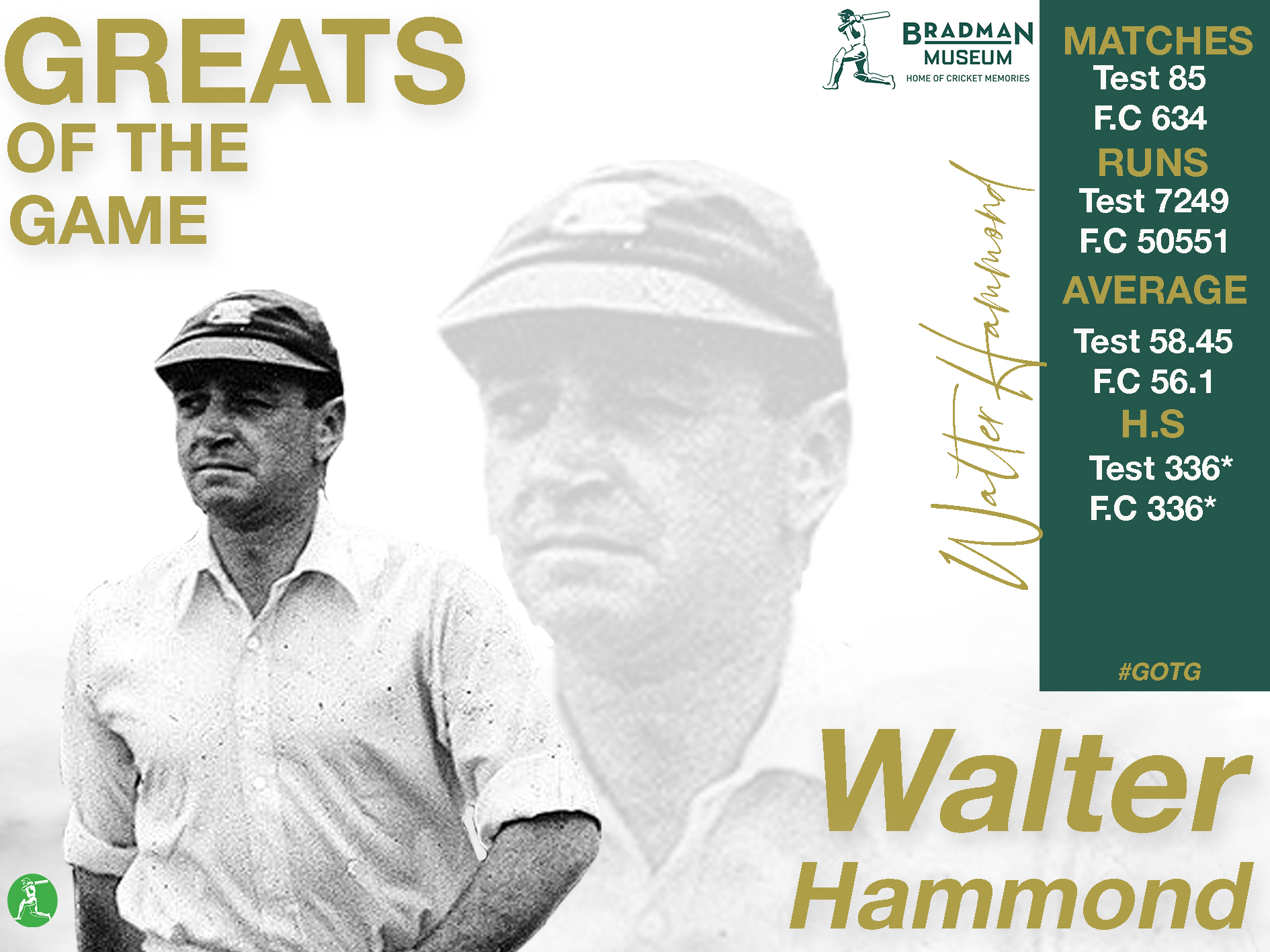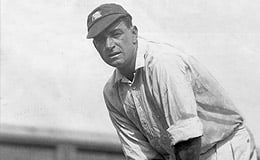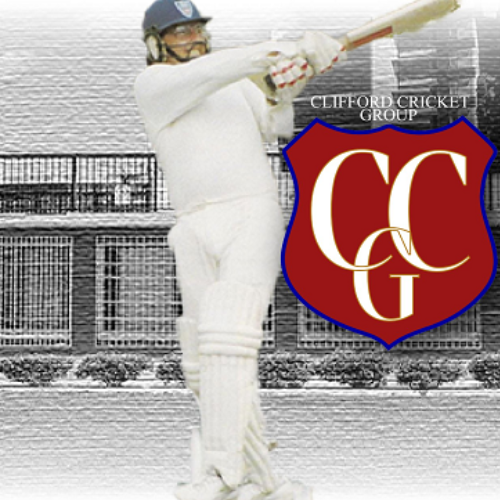Walter Hammond
England
Batter
D.O.B: 19/06/1903
International Career: 1927 – 1947
“I think if Bradman hadn’t come along, Walter Hammond probably would have been recognised as the greatest batsman of all time” – Ian Chappell
“Wally was indeed cricket in excelsis” – Sir Neville Cardus

A stunning career, Walter Hammond is GOTG 13
Walter Hammond was the most dominant English cricketer from the late 1920’s up until the War. Strong, graceful and athletic, he was an imposing figure whose exploits with the willow have earned him a place alongside Bradman, Grace and Hobbs as one of the four greatest batters of all time.
Born in Kent, Hammond’s father was a soldier – meaning a young Wally and his family moved around with the regiment, ultimately travelling to China and Malta. Upon their return to England, when Hammond was a schoolboy and discovering an early prowess for cricket, the family settled in Gloucestershire – the County that had enjoyed the fruits of WG Grace’s labour, now primed for the flowering of another batting star.
Instinctively technically correct, Hammond did not seek out coaching as a young player. Instead, he simply allowed his natural gifts to flourish. Blessed with a certain physical presence, Wisden Almanack observes that “it was as if the bat weighed nothing in those purposeful hands,” as he took to hitting the ball hard to all parts. Such was his power that Sir Len Hutton said, “he could hit the ball as though it had been fired from a gun.” At this early stage, he was quickly identified as a player of promise. Sydney Parton, writing on Gloucestershire cricket in 1923, was effusive in his praise for the young batter: “Here we have in all likelihood one of the best professional batsmen of the future. Irreproachable in style and not yet 21-years of age, Hammond has all of the world before him.”

Hammond commanded respect wherever he went: Internationalcrickethall.com
The praise, of course, was warranted. By this stage, Hammond had demonstrated his great power and technical ability. Though his greatest strength was his driving, he did, as a young player cut and hook the ball with aplomb. Cardus describes this early part of his career as “the first careless raptures of his youth,” contrasting with a more disciplined style that would typify large parts of his international stay. Delayed slightly by a serious illness contracted in the West Indies, Hammond endured a two-year lay-off, before returning as though he had not missed a beat; blasting a thousand runs in May of 1927; now primed for an international debut.
With a half-century in his maiden international, Hammond was steady in his first six months at Test level. His breakthrough series, however, came Down Under in 1928/29, when he amassed an astonishing 905 runs for the series. Demonstrating a level of maturity under the captaincy of Percy Chapman, Hammond eschewed the hook and the cut, forgoing his dashing stroke play and preferring to play in V – the straight lines between mid-on and mid-off. Measured at the crease, Cardus described him to have grown into a “composed, self-contained attitude.” One that only flourished as he developed as a Test batter, he goes on to observe that “like Hobbs, he modulated, as he grew older and had to take on heavier responsibilities as a batsman.” Responsibilities that sat comfortably with Hammond, he would blast over 7,000 international runs, with a stunning high score of 336*.

Hammond was a strong man who batted with incredible power: internationalcrickethall.com
Unique not only for the mountains of runs he accumulated, but for the manner in which he did so, Hammond broke the mould for batters the world over. Mark Nicholas described him as “a six-hitter” a trait that was unusual in those days, the possibility came from Hammond’s unimaginable power. Moreover, Henry Blofeld declared that “no one has ever played the cover drive as wonderfully, as beautifully, as excitingly – as Walter Hammond.”
For all of his talent with the bat, Hammond was also an exceptional bowler. Though Sir Donald Bradman suggested that he “has no time for bowling, for he is too busy making runs,” he did still claim 83 Test victims. A slip fielder beyond compare, Cardus again describes what Wally had in the field as “an easy omnipresence that has not often been equalled.
With his blue handkerchief peeping out of his right hip pocket, Hammond was a stylist in every sense and true all-round talent; his stunning ability with the bat commanding the respect of a generation. Mark Nicholas chose his words carefully when summarising Walter Hammond, “an overused word for sportsmen is great,” he said. “But Walter Hammond was truly a great cricketer.”
Join the cricket network to promote your business and expertise. Make it easy for people to search and find the people and services they need through people they know and trust.
Join the network







